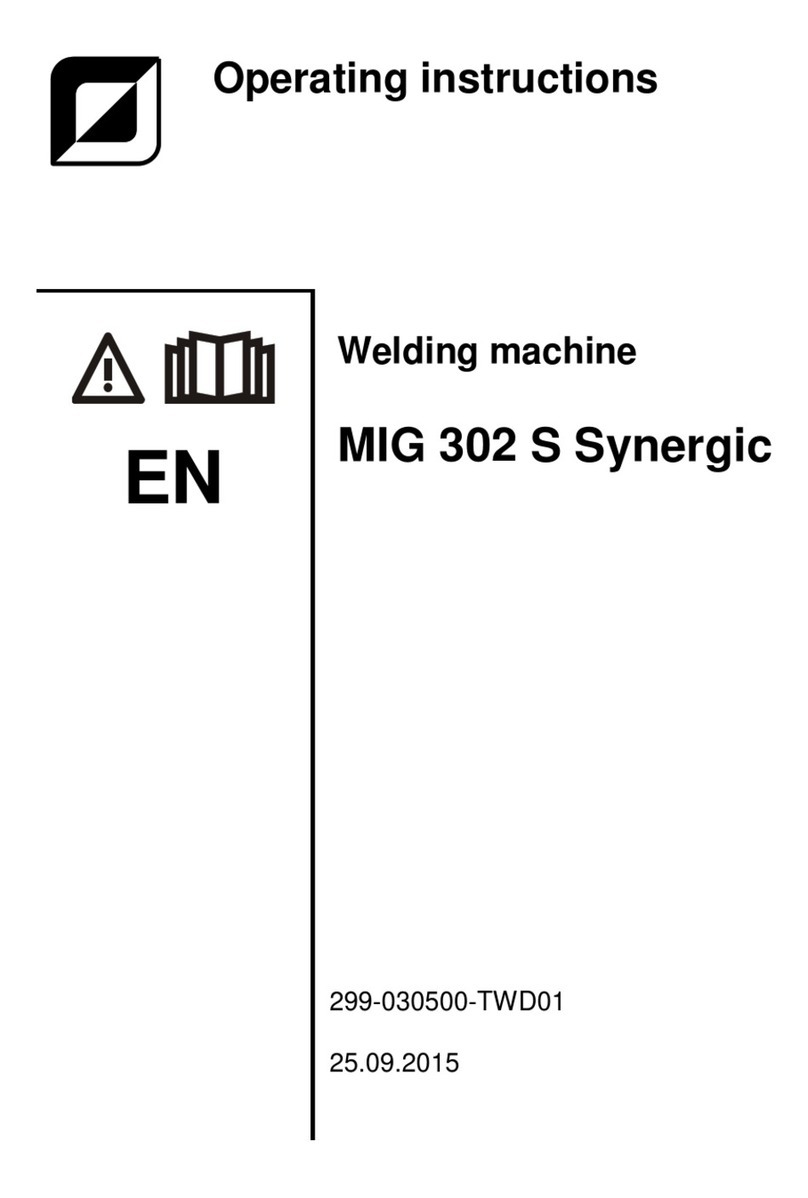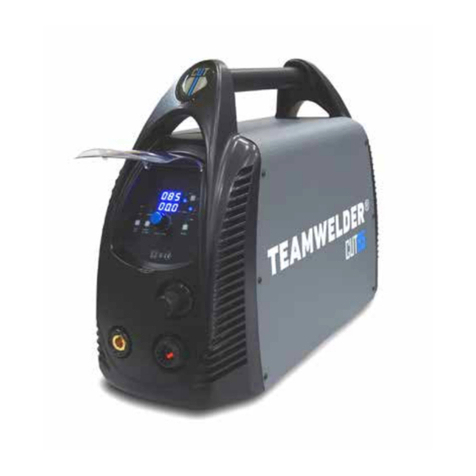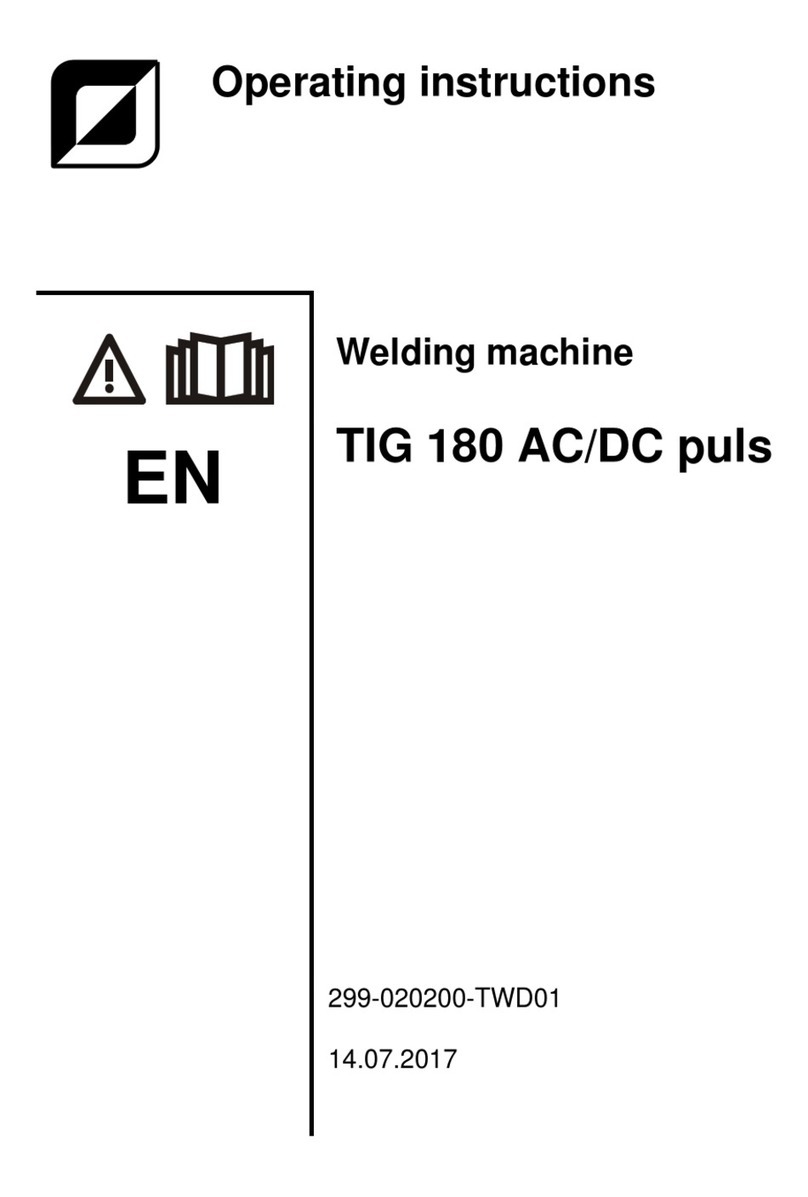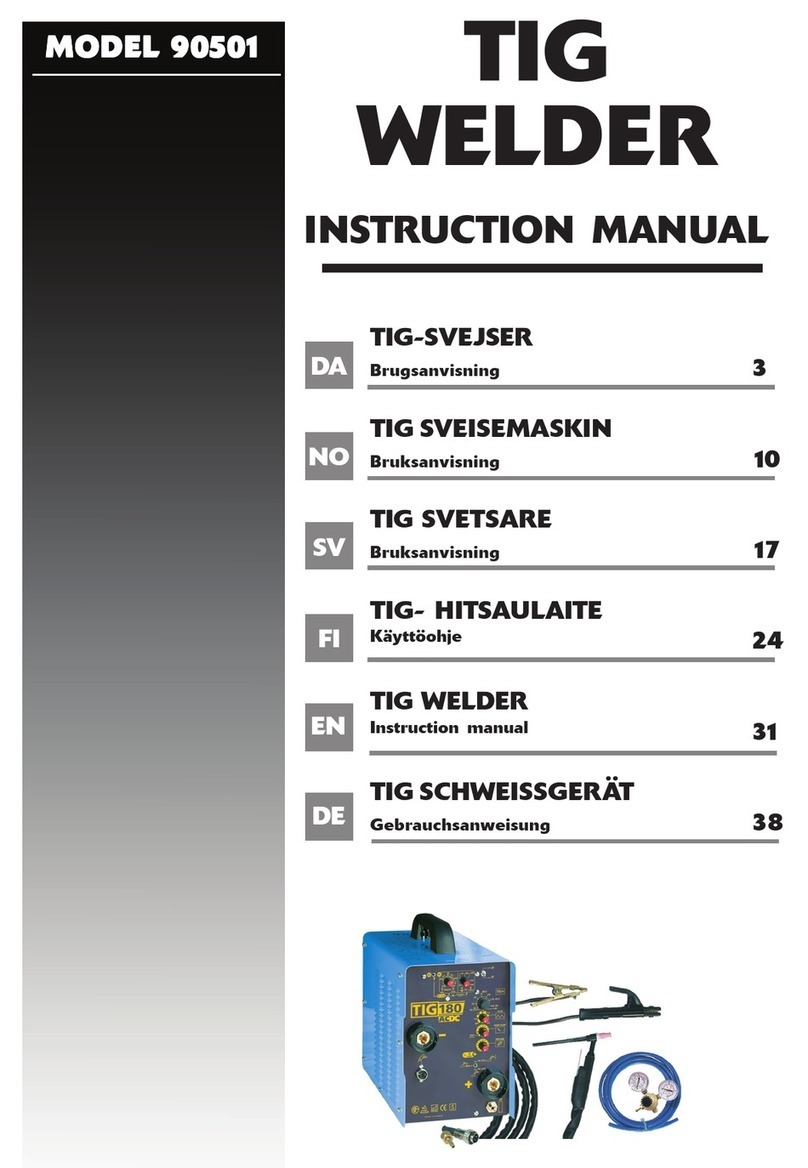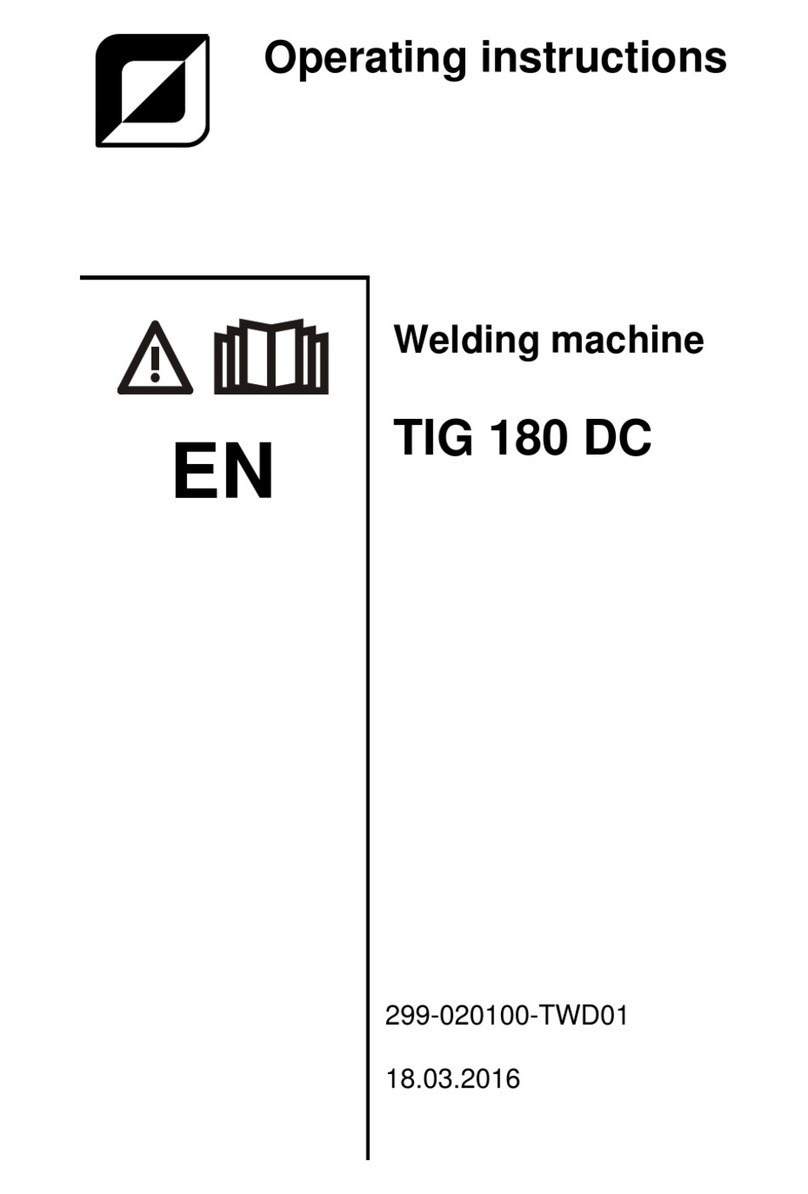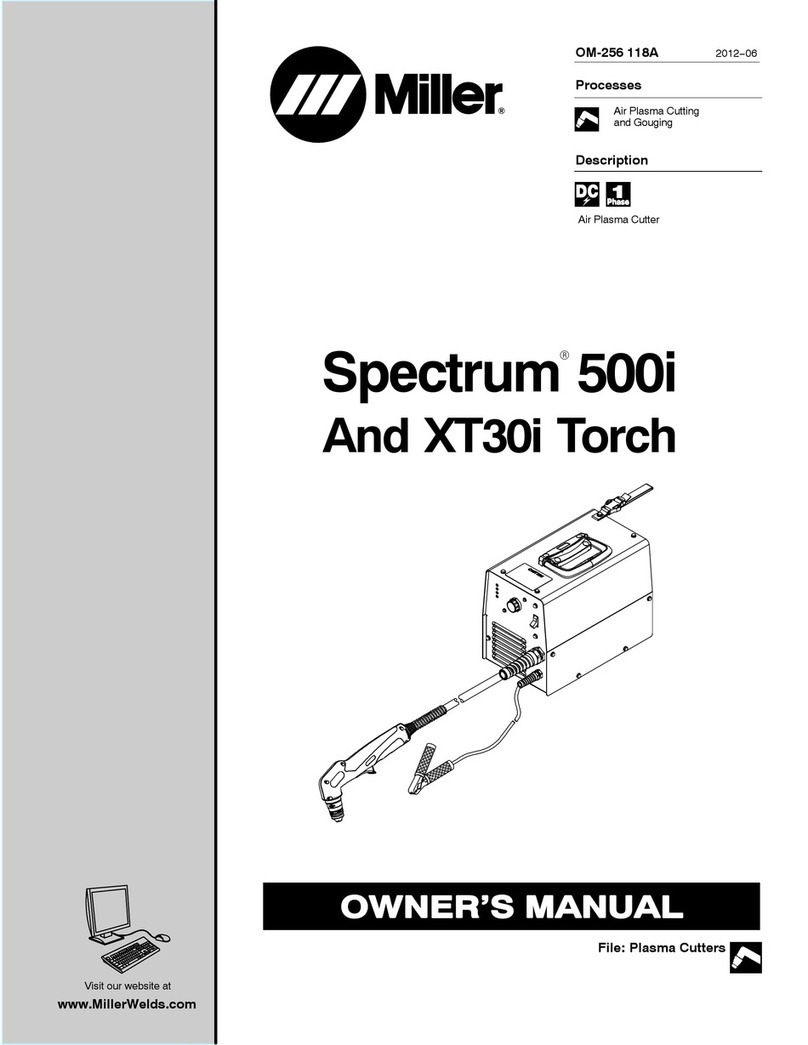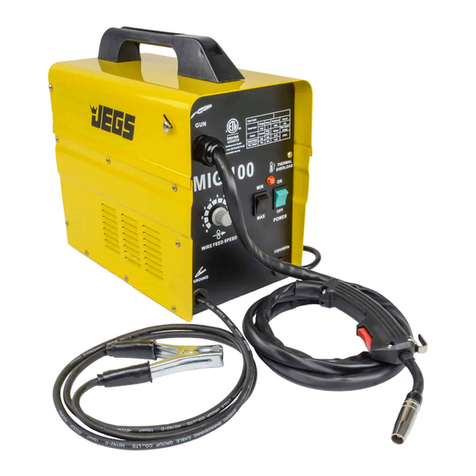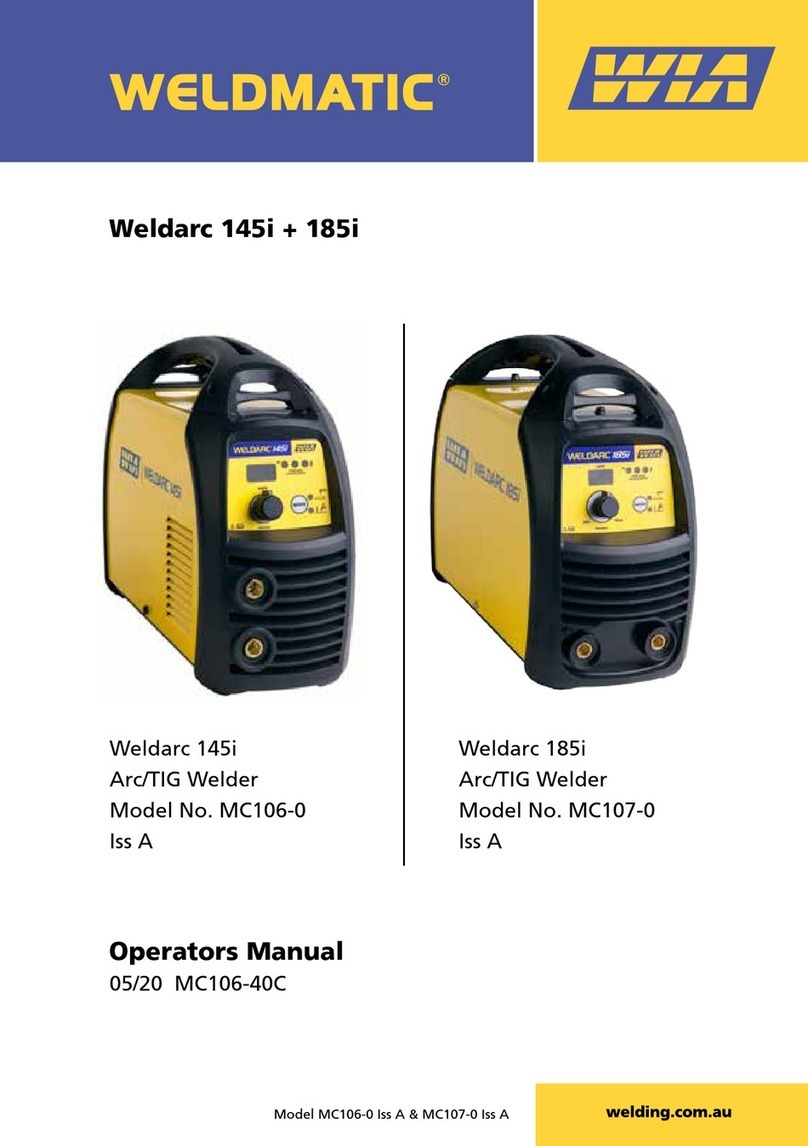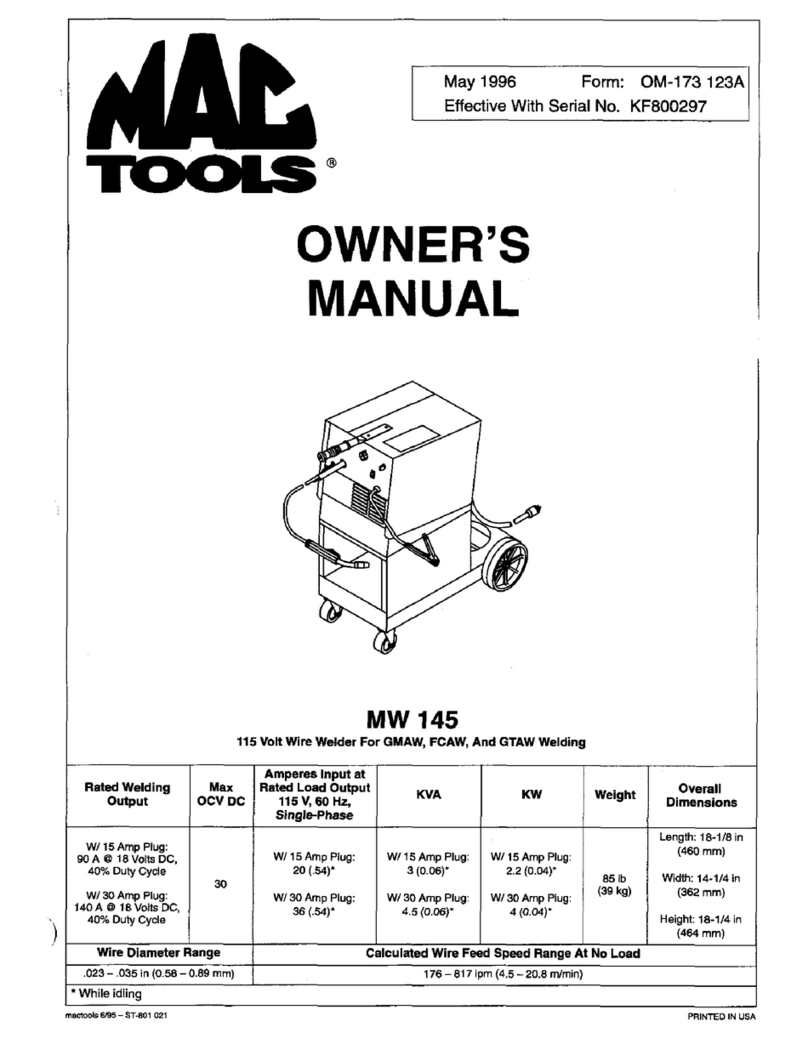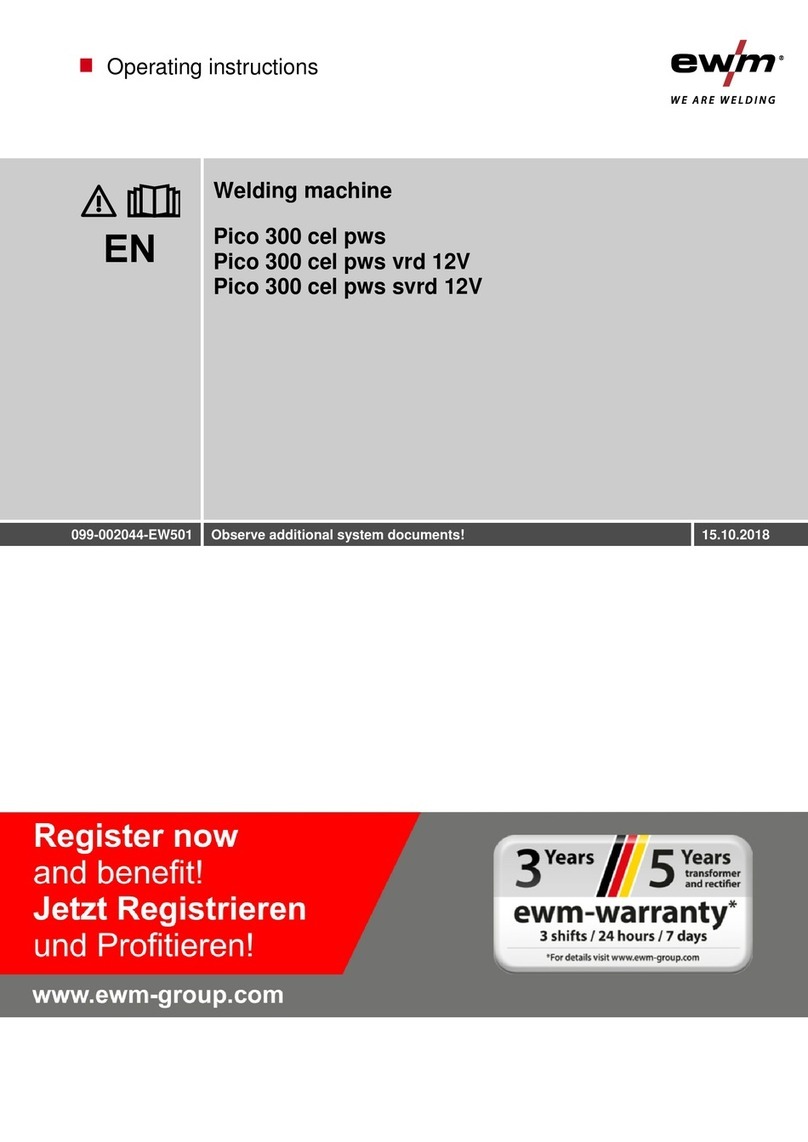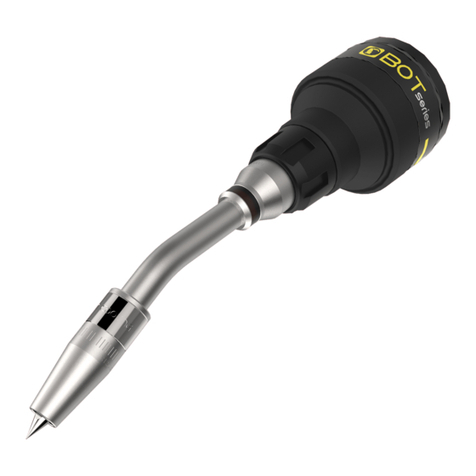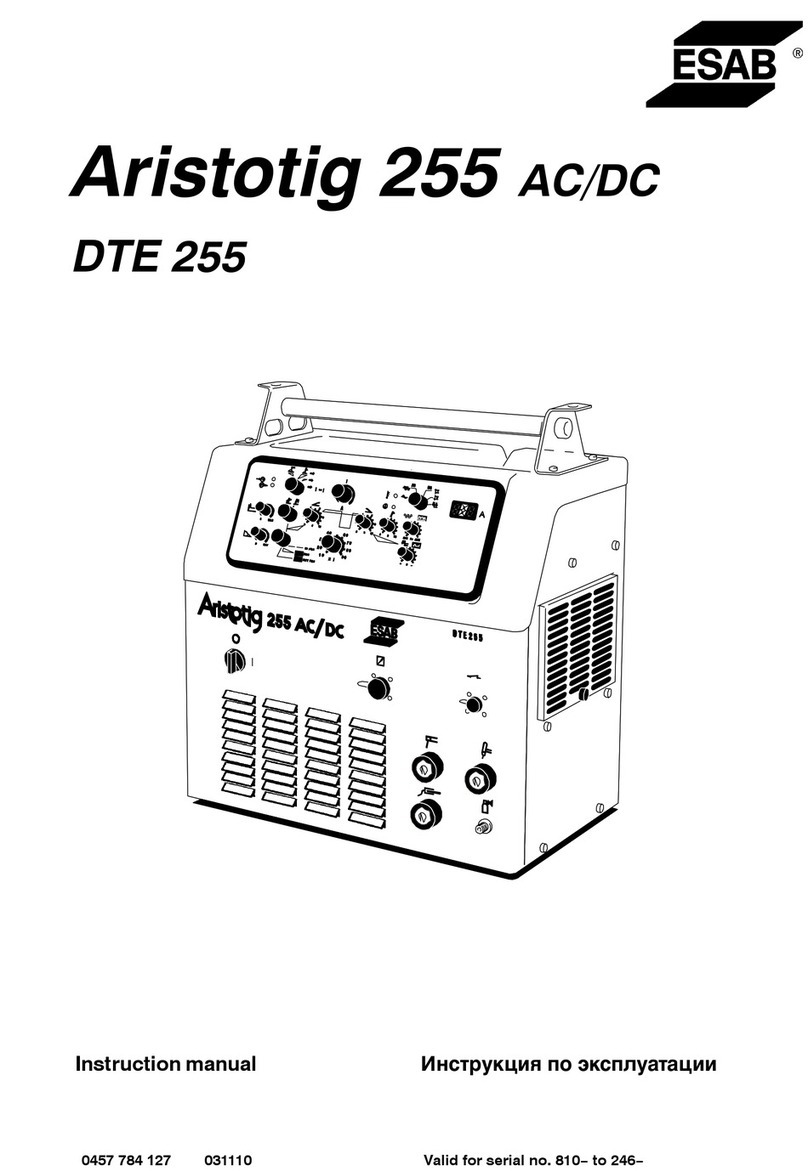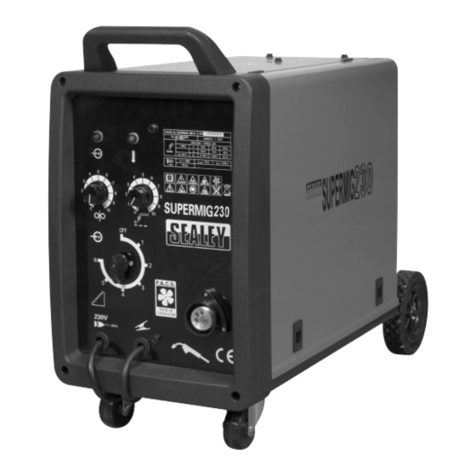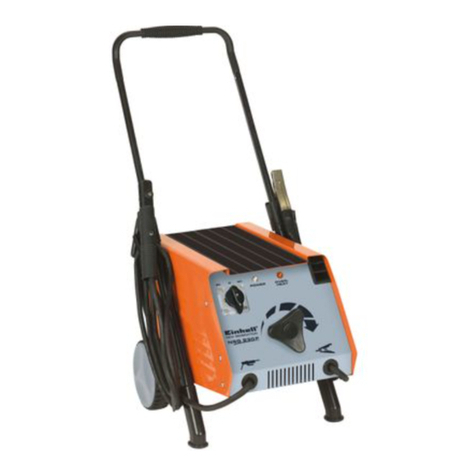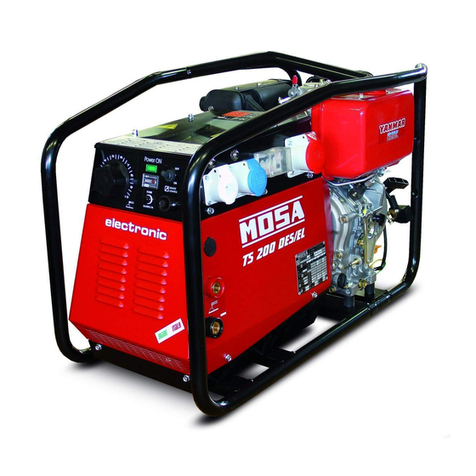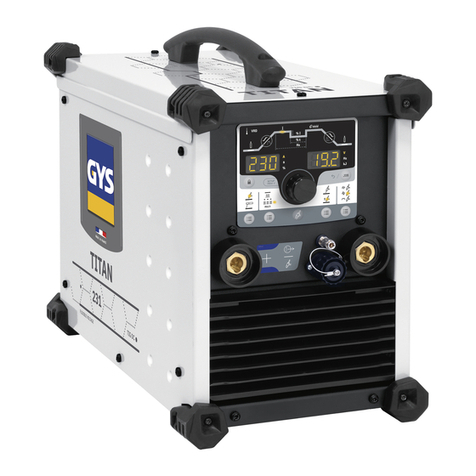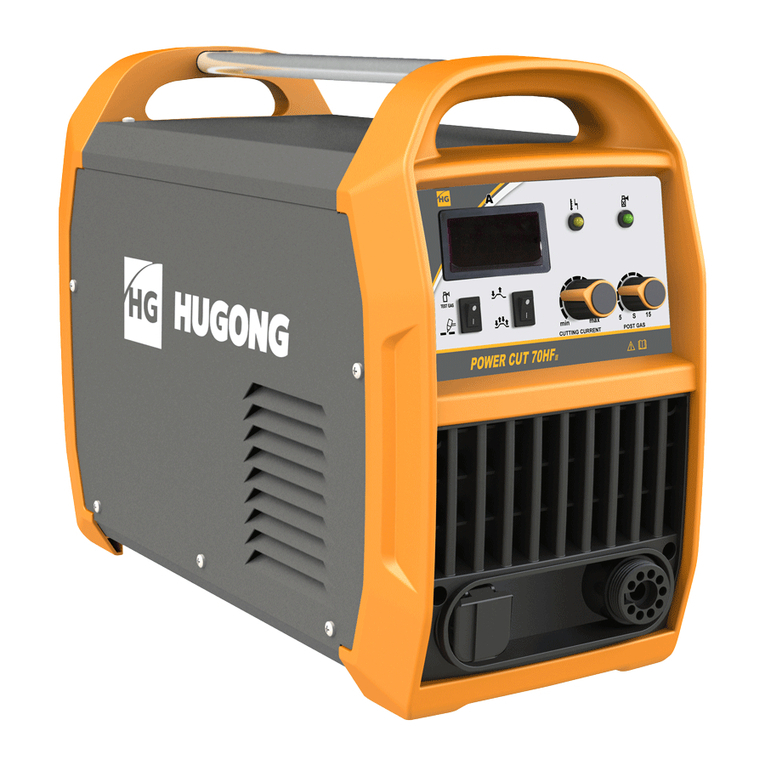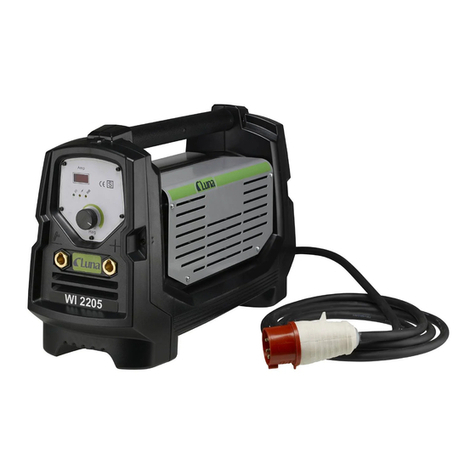1 Contents
1Contents..................................................................................................................................................3
2Safety instructions.................................................................................................................................5
2.1 Notes on the use of these operating instructions ..........................................................................5
2.2 Explanation of icons.......................................................................................................................6
2.3 General ..........................................................................................................................................7
2.4 Transport and installation ............................................................................................................11
2.4.1 Ambient conditions .......................................................................................................12
2.4.1.1 In operation ...................................................................................................12
2.4.1.2 Transport and storage...................................................................................12
3Intended use.........................................................................................................................................13
3.1 Applications..................................................................................................................................13
3.1.1 MIG/MAG standard welding .........................................................................................13
3.2 Documents which also apply .......................................................................................................14
3.2.1 Warranty.......................................................................................................................14
3.2.2 Declaration of Conformity.............................................................................................14
3.2.3 Welding in environments with increased electrical hazards.........................................14
3.2.4 Service documents (spare parts and circuit diagrams)................................................14
3.2.5 Calibration/Validation....................................................................................................14
4Machine description –quick overview ..............................................................................................15
4.1 Front view ....................................................................................................................................15
4.2 Rear view.....................................................................................................................................16
4.3 Inside view ...................................................................................................................................17
4.4 Machine control –Operating elements........................................................................................18
4.4.1 MIG 250 S ....................................................................................................................18
4.4.2 MIG 300 S ....................................................................................................................19
5Design and function.............................................................................................................................20
5.1 General ........................................................................................................................................20
5.2 Installation....................................................................................................................................22
5.3 Machine cooling...........................................................................................................................22
5.4 Workpiece lead, general..............................................................................................................22
5.5 Mains connection.........................................................................................................................23
5.5.1 Mains configuration ......................................................................................................23
5.6 Welding torch and workpiece line connection .............................................................................24
5.7 Shielding gas supply (shielding gas cylinder for welding machine).............................................26
5.7.1 Connection ...................................................................................................................27
5.7.2 Setting the shielding gas quantity.................................................................................28
5.8 Wire feed......................................................................................................................................29
5.8.1 Open the protective flap of the wire feeder ..................................................................29
5.8.2 Inserting the wire spool.................................................................................................29
5.8.3 Changing the wire feed rollers......................................................................................30
5.8.4 Inching the wire electrode ............................................................................................32
5.8.5 Spool brake setting.......................................................................................................33
5.9 MIG/MAG operating point............................................................................................................34
5.10 MIG/MAG functional sequences / operating modes....................................................................34
5.10.1 Explanation of signs and functions...............................................................................34
6Maintenance, care and disposal.........................................................................................................38
6.1 General ........................................................................................................................................38
6.2 Maintenance work, intervals ........................................................................................................38
6.2.1 Daily maintenance tasks...............................................................................................38
6.2.1.1 Visual inspection...........................................................................................38
6.2.1.2 Functional test...............................................................................................38
6.2.2 Monthly maintenance tasks..........................................................................................38
6.2.2.1 Visual inspection...........................................................................................38
6.2.2.2 Functional test...............................................................................................38
6.2.3 Annual test (inspection and testing during operation)..................................................39




















